# Lecture 4 - System Dynamics ### SET09121 - Games Engineering <br /><br /> Leni Le Goff <br /> School of Computing. Edinburgh Napier University --- # Recommended Reading Game Design Workshop. 4th Edition. Tracy Fullerton (2019). - Read Chapter 5 on System Dynamics. - Digital copies are available in the library. 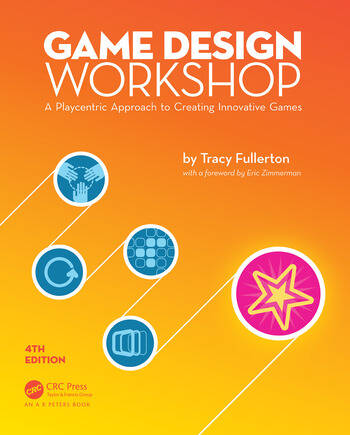 --- # What is a System? - An example of a system is an engine. <!-- .element: class="fragment" --> - Real, or a software one, like what we are going to build in the module. - An engine is a system with a particular purpose. <!-- .element: class="fragment" --> - That purpose is to power some form of manual action. - We can apply our formal elements when thinking about systems. <!-- .element: class="fragment" --> 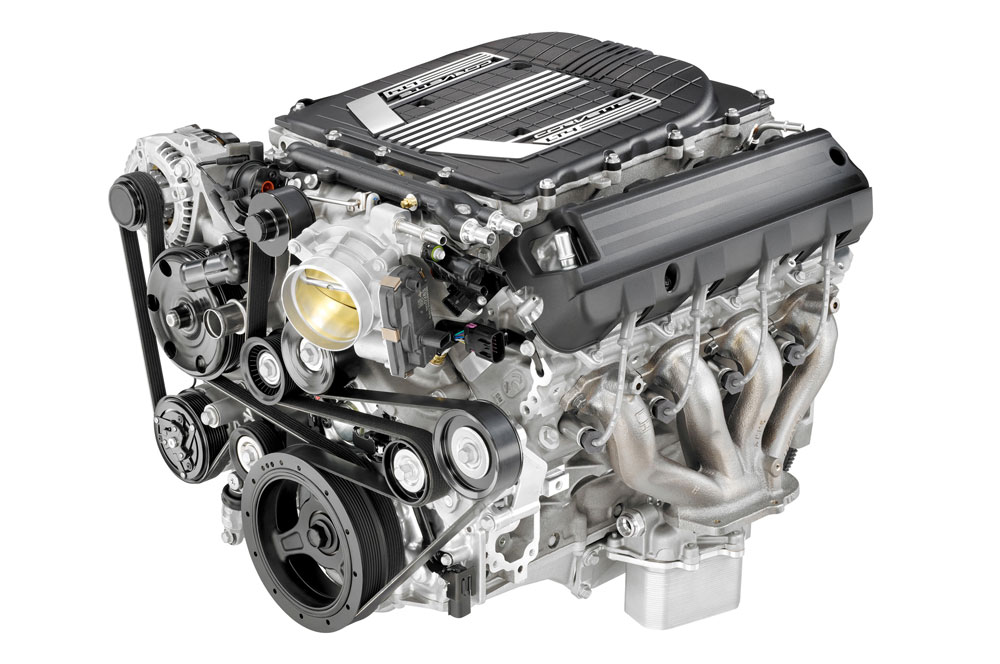 <!-- .element width="50%" --><!-- .element: class="fragment" --> --- # Games as Systems - When we consider games as systems, we focus on **objects** that interact with each other according to their **properties**, **behaviors**, **relationships**. --- # Objects **Objects are the basic elements of a system**. Consider the objects you define in object-oriented development. - For example: an engine, steering wheel, and wheels interact together to allow a car to operate. - The complexity of the underlying system is hidden behind an interface. For a car, this is the steering wheel and pedals. - **Objects** are defined by their **properties**, **behaviors**, and **relationships** with each other. - In games the most basic of object is usually called an Entity, Actor, or Game Object. - Almost everything in a game is an object. - For example: players, opponents, environment. --- # What Objects Are Here? 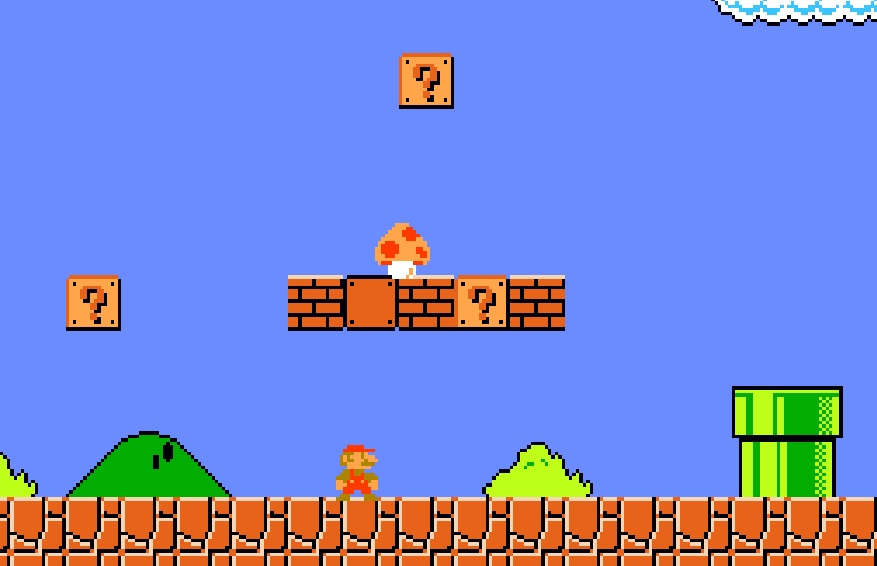 --- # Entity Inheritance Example: Tower defence 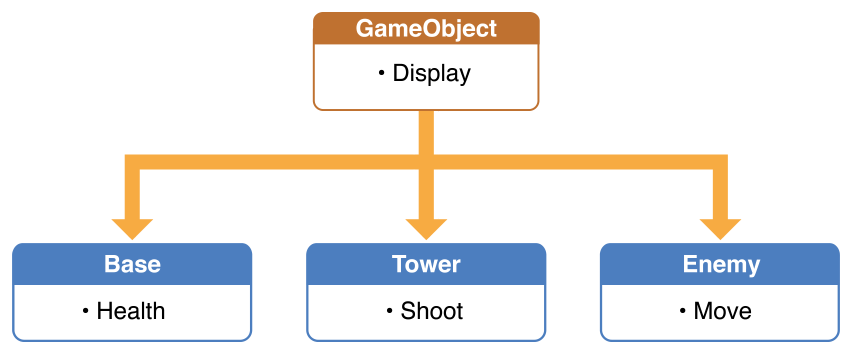 --- # Entity Inheritance A bit more complex: 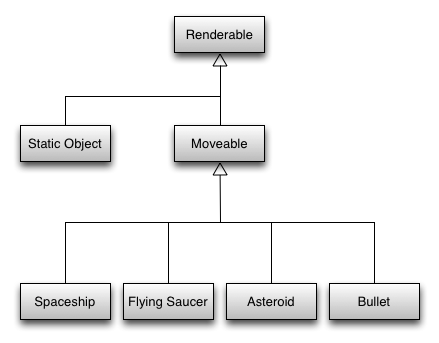<!-- .element width="60%" --> [Spelunky is a good example of entity inheritance](https://github.com/spelunky-fyi/overlunky/blob/main/docs/entities-hierarchy.md) --- # Properties **Properties are the attributes of the objects in a system.** - From an OO point of view, properties are values stored in the object. <!-- .element: class="fragment" --> - Some properties might change over the course of a game while others remain constant. <!-- .element: class="fragment" --> - In checkers, the color of a piece remain constant. - The position of a piece might change at every turn. - More properties make the game more complex. <!-- .element: class="fragment" --> - More complex does not always mean better. - Some common properties include: <!-- .element: class="fragment" --> - Position. - Appearance. - A state. --- # What Properties are Here? (Final Fantasy VII) 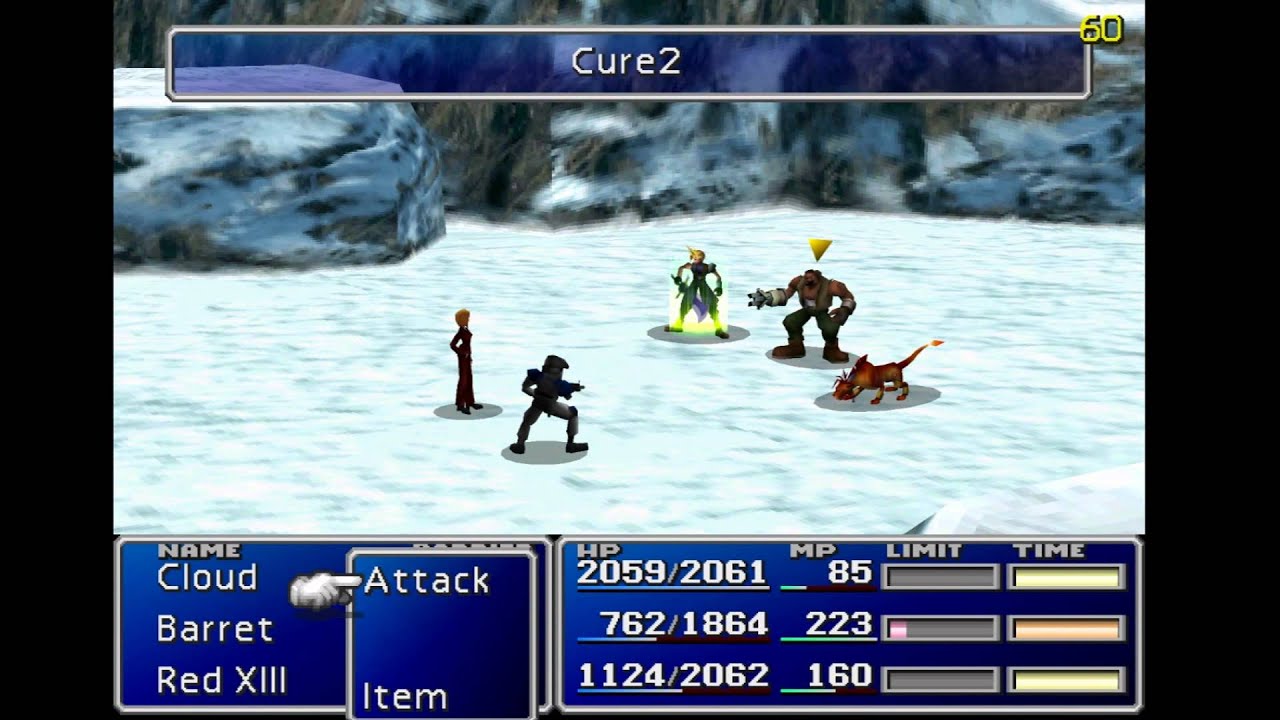 --- # Behaviours **Behaviours are the actions that an object undertakes.** - From an OO point of view, behaviours are implemented as methods of an object. <!-- .element: class="fragment" --> - Many of the behaviours are interlinked with the state of the object. <!-- .element: class="fragment" --> - Adding more behaviors to a game makes it harder to predict. <!-- .element: class="fragment" --> - Depending on the kind of game you want to create, this might be desirable or not. --- # Behaviours (cont.) - Behaviours (==actions) "happen" during the update step. <!-- .element: class="fragment" --> - For example, when B is pressed the player should jump. <!-- .element: class="fragment" --> - Player's actions are normally based on the controls (Procedures from Formal Elements). <!-- .element: class="fragment" --> - Computer controlled actions are normally supplied via some form of Artificial Intelligence (System procedures, objectives, rules). <!-- .element: class="fragment" --> - The physical objects are normally controlled by the physics system. <!-- .element: class="fragment" --> --- # What Behaviours are Here? 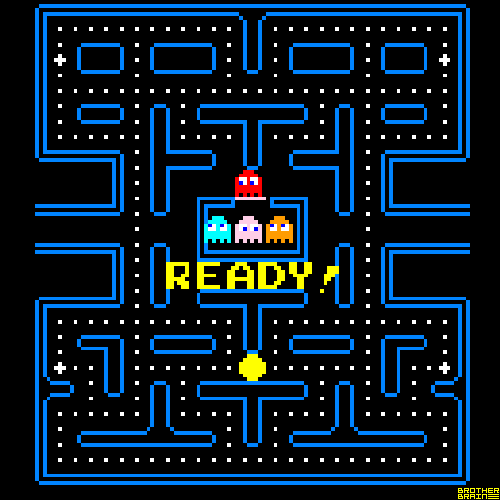 --- # Behaviours in PacMan. - There are three major behaviours: - Chase / Scatter / Frightened <!-- .element: class="fragment" --> - Each ghost has it's own chase behaviour <!-- .element: class="fragment" --> - Clyde retreats when getting too close to the player. <!-- .element: class="fragment" --> - Blinky always goes for you <!-- .element: class="fragment" --> - Pinky tries to get in front of you <!-- .element: class="fragment" --> - Inky targets a space based on Blinky and your position <!-- .element: class="fragment" --> - Behaviours change based on game state. <!-- .element: class="fragment" -->  --- # More about PacMan https://dev.to/code2bits/pac-man-patterns--ghost-movement-strategy-pattern-1k1a <iframe width="560" height="315" src="https://www.youtube.com/embed/S4RHbnBkyh0" frameborder="0" allow="accelerometer; autoplay; encrypted-media; gyroscope; picture-in-picture" allowfullscreen=""></iframe> --- # Relationships **Relationships define how entities can interact with each others.** - To turn a set of objects into a system, we need relationships between them. <!-- .element: class="fragment" --> - The steering wheel of a car is connected to the wheels. - The position of chess pieces on the board determines how pieces can interact with each other. - The position of Tetris pieces determine if lines are cleared, and where falling pieces stop. - Some relationships between objects can be changed by the player. <!-- .element: class="fragment" --> - Chess pieces can be moved to a different location. - Some relationships can be based on the current state. <!-- .element: class="fragment" --> - If a character is wanted then guards will chase them on sight. --- # What Relationships are Here? 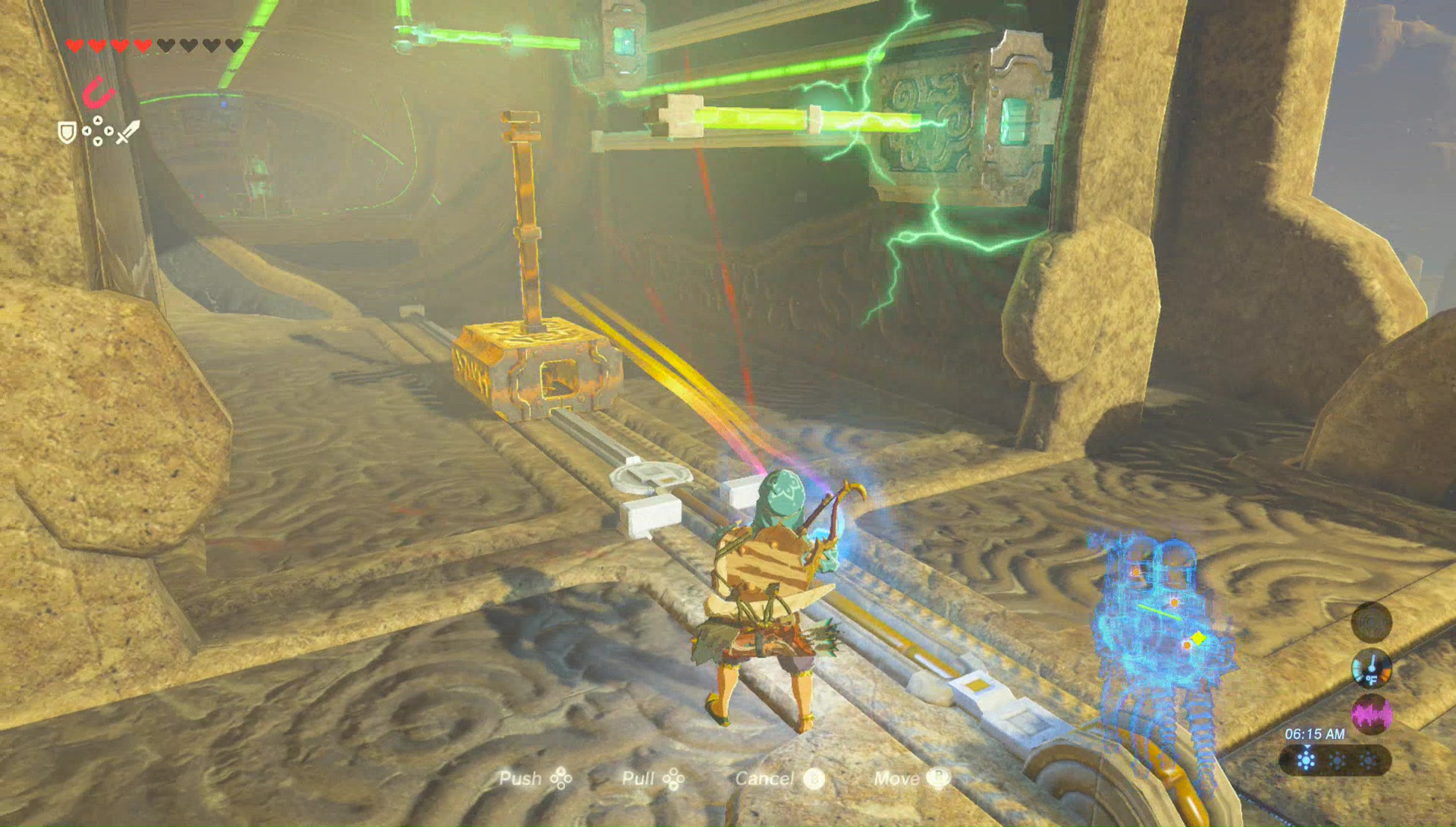 The Legend of Zelda: Breath of The Wild --- # System Dynamics - A system is more than the objects that make it up. <!-- .element: class="fragment" --> - Dynamic relationships cause unforeseen interactions and Conflict. <!-- .element: class="fragment" --> - Small changes in object properties can have a dramatic effect. <!-- .element: class="fragment" --> - To understand a game it is necessary to observe the dynamics of the system during play. <!-- .element: class="fragment" --> --- # De-constructing Games --- # De-constructing Tic-Tac-Toe - Tic-Tac-Toe (noughts and crosses) is a simple game. <!-- .element: class="fragment" --> - **Objects:** the nine squares. - **Properties:** symbol within the square (`O`, `X`, or empty). - **Behaviours:** place a symbol inside a square. - **Relationships:** location of squares on the board. --- # Tic-Tac-Toe Game States 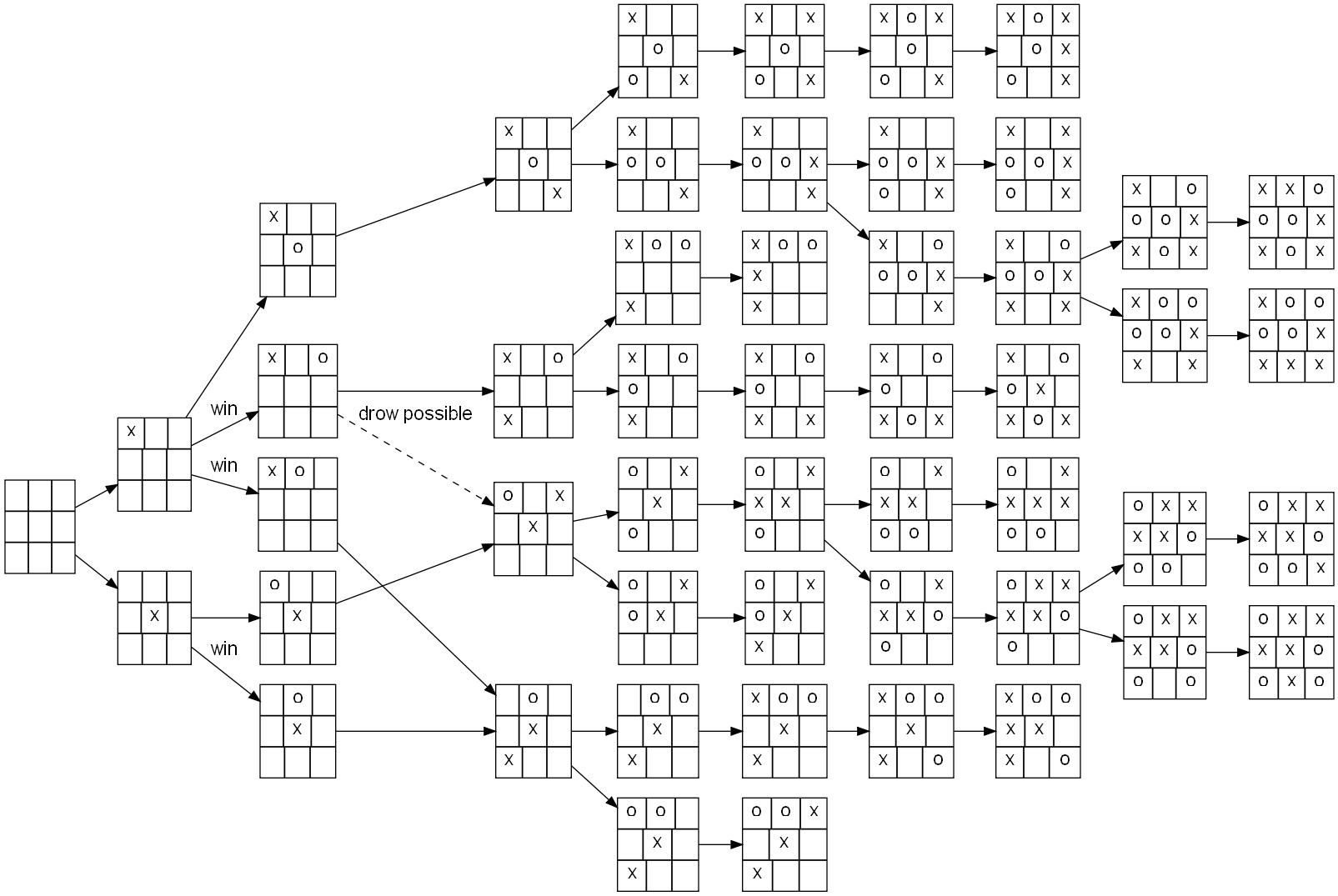 --- # De-constructing Chess - Chess is a significantly more complex and strategic game than Tic-Tac-Toe. - **Objects**: board, pieces. - **Properties**: colour, rank, and location of a piece. - **Behaviours**: move a piece. - **Relationships**: location of pieces relative to other pieces. --- # De-constructing Chess - Why is chess so much more interesting than tic-tac-toe? - Simple but different behavior for different pieces. <!-- .element: class="fragment" --> - Much larger range of possibilities. <!-- .element: class="fragment" --> - Much more complex relationship between the pieces. <!-- .element: class="fragment" --> --- # Example Systems --- # Economies - In-game economies are often simplified compared to the real-world. - **Bartering Economy**: Exchange goods for other goods. - **Market Economy**: Have a currency which can be used to buy any good. - Some economies even have inflation (MMOs) as a result of how the economy is designed. --- # Emergent Systems - Emergent systems exhibit behavior not explicitly programmed. The behavior emerges from the rules placed on the objects. <!-- .element: class="fragment" --> - Birds flocking is such a behavior. - Very relevant to game AI. - Nature is full of such systems. <!-- .element: class="fragment" --> - Examples include: Factorio, Spore, The Sims. <!-- .element: class="fragment" -->  <!-- .element width="35%" --> <!-- .element: class="fragment" --> 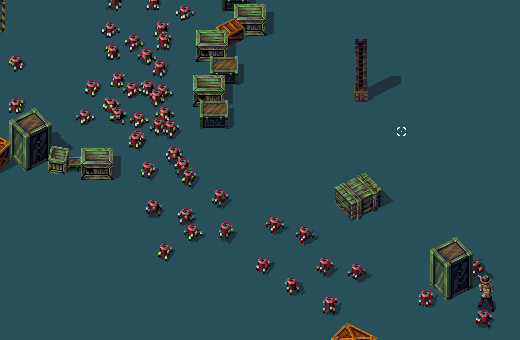 <!-- .element width="50%" --><!-- .element: class="fragment" --> --- # Interactin with the System - What information is provided to the player about the system? <!-- .element: class="fragment" --> - Hiding information encourages guessing, bluffing, deceiving. - What can the player control? <!-- .element: class="fragment" --> - This has a huge impact on the top-level experience of the game. - What feedback occurs within the system? <!-- .element: class="fragment" --> - Positive feedback loop - Negative feedback loop --- # Example of feedback loop - Doom 2016 Arcade Mode <iframe width="560" height="315" src="https://www.youtube.com/embed/Q2qrt8Ek-eE?si=RPpD0L9hHAxdtT4d" title="YouTube video player" frameborder="0" allow="accelerometer; autoplay; clipboard-write; encrypted-media; gyroscope; picture-in-picture; web-share" referrerpolicy="strict-origin-when-cross-origin" allowfullscreen=""></iframe> --- # Example of feedback loop - Doom 2016 Arcade Mode 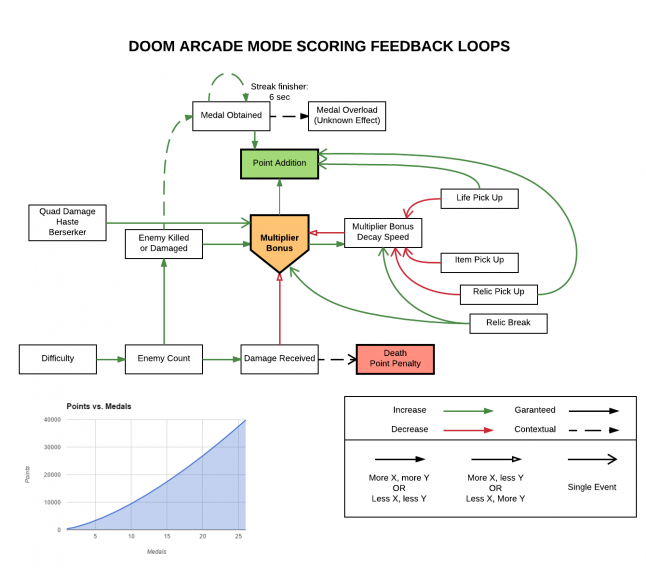 <!-- .element width="80%" height="80%" --> --- # Tuning of Game Systems - Make sure the system is internally complete. <!-- .element: class="fragment" --> - A loophole might allow a player to unintentionally skip a conflict. - It might not be possible to resolve a conflict. - Make sure the game is fair and balanced. <!-- .element: class="fragment" --> - Avoid dominant strategies (a strategy that is always the best irrespective of the game state) or overpowered items. <!-- .element: class="fragment" --> - Make sure it is fun and challenging. <!-- .element: class="fragment" --> - Requires playtesting. --- # Summary - From this lecture you should understand: - **Objects:** the parts that make up a system. - **Properties:** the values that define the objects of the system. - **Behaviours:** what functions does an object perform in a system. - **Relationships:** how do the objects interact with each other. - You should use these principles to try and de-construct games that you are familiar with.